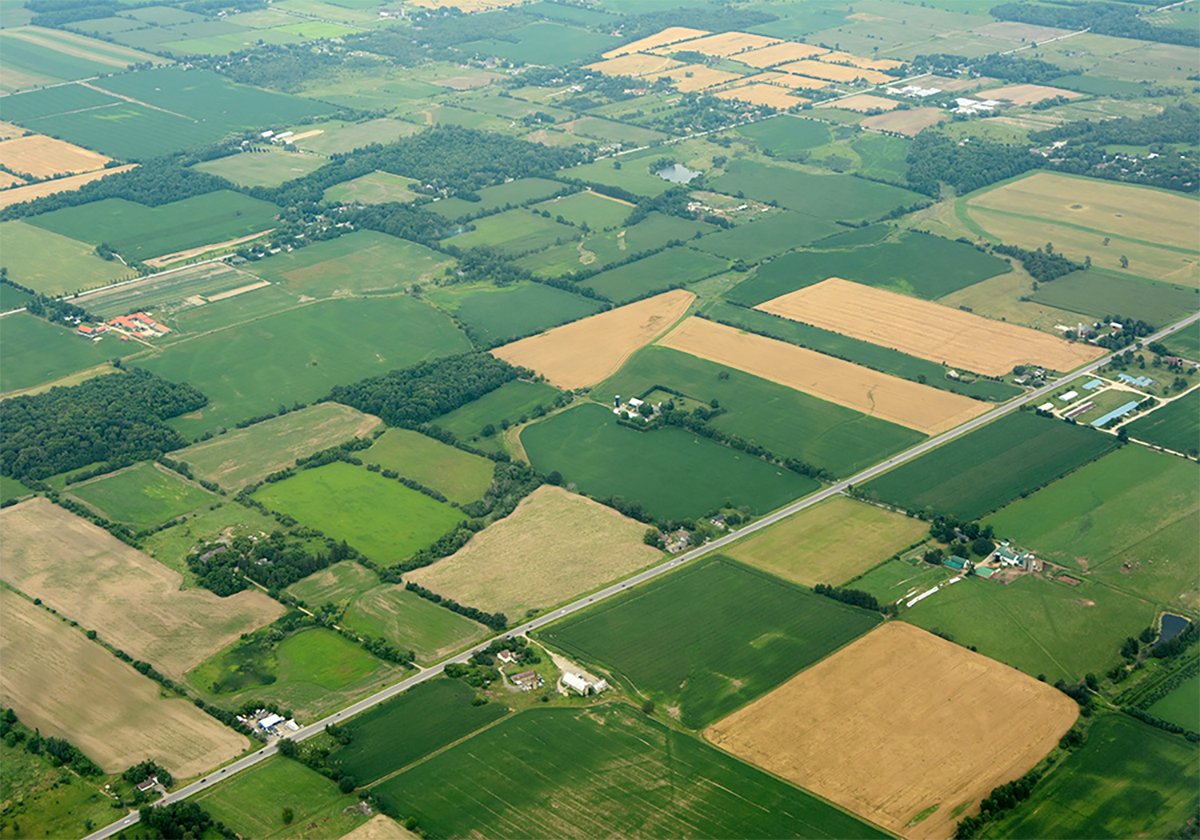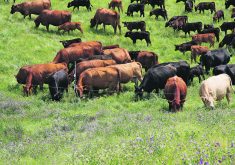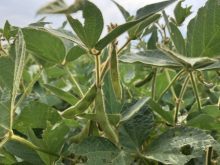CHANGING FACE OF FARMING
It’s a busy harvest season again for another year. We’re a motley crew, my wife and I, two empty-nesters well into our 50s trying to squeeze a few more years out of aging machinery. Still, no breakdowns and the crop is yielding good, so we take a certain pride in our accomplishments.
The feeling doesn’t last long, however, as a few minutes later we hear a roar, see a thick cloud of dust, and over the hill they come, four huge shiny combines followed by two grain carts pulled by four-wheel drive tractors and a semi-trailer to haul it all home.
Read Also

Higher farmland taxes for investors could solve two problems
The highest education and health care land tax would be for landlords, including investment companies, with no family ties to the land.
It’s the local colony and we both stand in awe, wondering when it all got so crazy, this modern day farming with its computerized combines, air seeders with manuals like the Calgary phone book, high clearance sprayers that look like something NASA might have developed for a futuristic Mars mission.
The combines roll past and I wave to each driver in turn, they wave back and smile, all sitting in a machine that probably cost more than what my father retired on.
They’re all kids under 30, and I think back to when I was their age, farming in the 1980s, a decade plagued by low prices, grasshoppers and drought.
Those were tough times, trying to raise three young children year after year on crop insurance and a modest calf cheque. A lot of hard decisions had to be made, decisions this younger generation hasn’t needed to make.
I have no illusions, though. I realize I’d have more luck playing “pick up sticks” with my butt cheeks than getting a farmer half my age to listen to me preach the merits of austerity right now.
Perhaps they’re right, maybe this next generation won’t have to face the hardships of the past. Perhaps, but I doubt it. Then again, agriculture is booming, so who am I to rain on a good parade?
I do wonder occasionally, though, just when it all sort of passed me by. I’m not exactly sure, but I recall attending the Farm Progress Show in Regina some years back. I climbed onto this behemoth tractor, looked around and thought, “My goodness, you could tear the world apart with this machine”.
As I was getting off, a little boy ran up and shouted, “Look Dad, just like ours.”
The father, a few steps back, replied, “Yes, son, but we have the big one.”
Les Zeller,
Golden Prairie, Sask.
REDUCE DUST
This is in regards to the article “Seed treatments hot topic for corn growers, beekeepers” (Sept. 13 WP, page 64).
It states that there are insecticides present in the dust and exhaust of seeding equipment.
This also occurred in some European countries and caused problems for bees and other pollinators.
In response, the government ordered the equipment manufacturers to come up with a kit to reduce the dust by over 90 percent. This was done promptly and had very good results. I wish this could be done here too.
Juergen Schoppe,
Poplar Point, Man.
EDITORIAL SURPRISING
The recent editorial, “Ottawa pushes through farm support program deal” (WP Sept. 20), to be frank, is quite surprising, particularly the comments regarding consultation, or the alleged lack thereof.
For example, within the last year the Standing Committee on Agriculture and Agri-Food undertook a five month study entitled Growing Forward 2.
Over the course of this study, the committee heard over 40 hours of testimony from 119 industry stakeholders on Growing Forward — what worked well and what did not — including recommended changes for Growing Forward 2.
As is normal with committee studies, a report was written based on this extensive consultation, along with specific recommendations to ensure that Growing Forward 2 supports our agricultural sector.
With the committee study having been entitled Growing Forward 2 Study, the purpose of the study truly could not have been any clearer.
In addition to this study, our government consulted extensively with stakeholders on Growing Forward 2, including a series of online and face-to-face engagement sessions led by Agriculture Canada; dozens of farmer roundtables across the country by ministers and members of Parliament; one-on-one meetings with national and provincial industry groups; and meetings between federal, provincial and territorial ministers and leading farm groups.
Growing Forward 2 will build on the successes and lessons learned from the previous agricultural policy framework and it will play a key role in ensuring that the agricultural industry achieves its full potential in the future.
Pierre Lemieux, MP
Parliamentary secretary to the
Ottawa, Ont.
BABY GOAT TYING
Regarding the picture in your paper on page 66 in the Sept. 13 issue called Rodeo Roundup. What kind of a challenge is goat tying anyway? The goats are already tethered and can’t run away and the one depicted is very young and small.
After many years as a professional equestrian, when I went back as a spectator to my rodeo roots, the first thing I noticed was the smaller size/younger age/lighter weight of the calves.
I continue to be surprised by the disconnect between cowboys, ranchers and the livestock. In this photo it seems only the horse is concerned for the “baby” goat.
Lynn Link,
ORGANICS HEALTHY
“Lies, damned lies, and statistics” describes the persuasive power of numbers, particularly the use of statistics to bolster weak arguments. The Stanford study concluded that organic food is no better than conventionally grown food.
Don’t throw the baby out with the bath water. Even this poorly designed study has some merit. There are parts of this study that actually make the case for organics. Women were tracked during pregnancy and the first few years of a child’s life.
Stanford researchers acknowledged that eating organic food may indeed reduce the odds of birth defects, autism and other neuro-behavourial problems.
They agree that children who eat organic diets have less pesticides in their bodies.
Organic food production uses methods free of pesticides, herbicides, irradiation, GMOs, and free of sewage sludge fertilizer.
Organic meat and dairy do not contain the antibiotics that lead to drug resistant bacteria.
Organically grown animals aren’t routinely given hormones to spur growth in animals but which create hormone-related side effects such as early puberty in girls.
Still, it is a buyer beware marketplace and the last 10 years has seen an explosion in the organic food movement as it has moved from niche market to mainstream.
Today, it is the fastest growing segment of the food industry attracting all of the major food corporations.
Sadly, where big money flows corruption soon follows. I agree that all consumers should be wary of “organic” food from China.
If you want to eat organically you have to look no further than your local farmers’ market, grow it yourself or buy local organics from local stores.
One hundred years ago all food was organic. Then chemical fertilizers and pesticides were utilized. The newest thing in modern agriculture is genetically modified foods.
Genetically modified crops such as corn, canola, soy and sugar beets (for making sugar) are not tested for safety at all by Health Canada.
People should be aware that these GMOs are in 80 to 90 percent of processed foods.
Until our government pays for independent safety testing and provides the labelling that 40 other countries provide for consumers, then eating organically is the only way to ensure that your food is non-GMO.
I encourage support for organic and conventional farmers who don’t use genetically modified seeds.
Heidi Osterman,
Certified nutritionist,
Kelowna, B.C.














